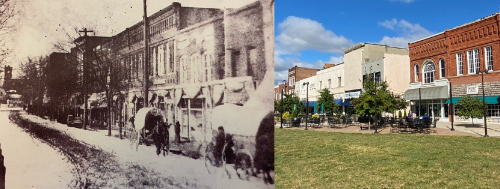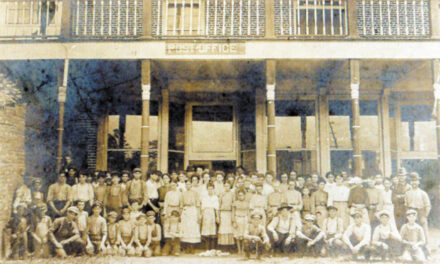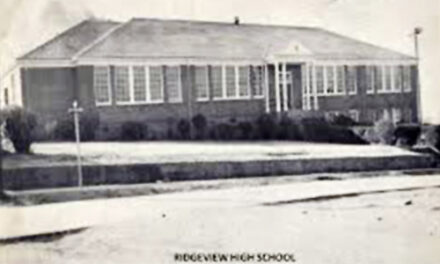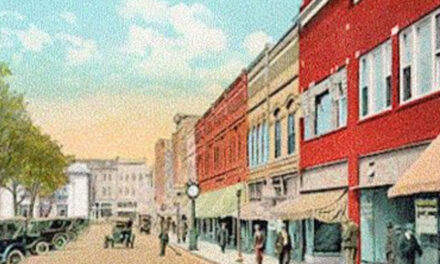
There are a lot of lists comparing one city to another. The latest is a list of the most “neighborly” cities in the United States. Raleigh came in at #6 with Rochester, New York heading the list. No other North Carolina town made the Top 25.
Just two years after Hickory became a town, it ended up on a ranking too. Under the banner of “Building Up” North Carolina’s largest city of the time, Wilmington looked around at the up and comers in Tarheel-land. Its paper, the Morning Star noted that “one of the most hopeful signs of progress in North Carolina is the rapid growth of little provincial towns.” They offered a list.
“Among the most prominent of the new towns just springing into notice and in which the progressive spirit seems to have had the fullest sway,” editors at the Star wrote, “we name Hickory Tavern, Cary, Durhams (don’t know why it was plural), Ridgeway, Battleboro, Rocky Mount, Black Creek, Fremont, Faison’s (ever heard of a possessive town?), Laurel Hill and suppose there are others in the State overlooked.”

Union Square, Hickory
Let’s take a look at that group. Certainly, confidence in Durham and Cary were well placed. Durham currently ranks 4th with Cary 7th as the largest cities in North Carolina. On the other end Laurel Hill and Ridgeway remain unincorporated, while Battleboro has been sucked up as a community into Rocky Mount (which is currently 20th on the list of the largest in the state but losing population since 2020). Black Creek, Faison and Fremont are bigger than they were in 1871 but not by much. Which leaves Hickory Tavern.
Since dropping the Tavern portion of the name, Hickory has become what observers foresaw. “Who knows but that 20 years from today (which would be 1891) Hickory Tavern may be a large town with a population of several thousands, the metropolis of Western Carolina.” And while they also thought Battleboro might “rival Charlotte and Greensboro” which definitely failed to occur, the prediction for Hickory could be interpreted as prescient. Hickory has grown to become the second largest city in the western end, behind Asheville, (#11 in the state in terms of size).
The main reason Hickory made the list in 1871 was the fact that a transportation source ran through it. The 1860 arrival of the Western North Carolina Railroad gave the Tavern an advantage and a head start. It would be after the Civil War before the line finally reached Morganton, and 20 years before tracks were rerouted to easily take passengers to Newton. It would take until 1884 before a narrow gauge line made the trek to Lenoir.
Granted, the population yardstick is only one way to judge a city. You could argue that people vote with their living accommodations and if so, Hickory Tavern fulfilled, along with Durham and Cary, the hopes of our ancestors for development. In their day, they were concerned with something other than how neighborly a town was. The Wilmington Morning Star concluded by writing, “we rejoice at the growth of these towns, because that growth is an evidence of the general prosperity of our State. That prosperity lies very near to our heart.”








